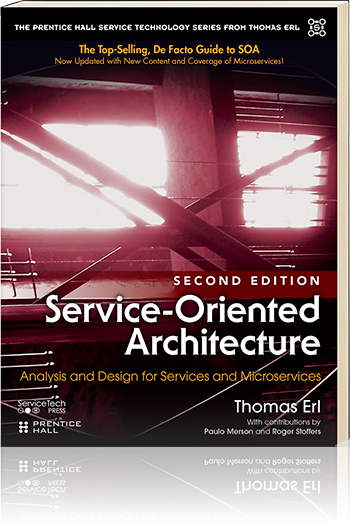SOA Patterns > Basics > What is SOA > Goals and Benefits of Service-Oriented Computing > Increased Intrinsic Interoperability
Increased Intrinsic Interoperability
Interoperability refers to the sharing of data. The more interoperable software programs are, the easier it is for them to exchange information. Software programs that are not interoperable need to be integrated. Therefore, integration can be seen as a process that enables interoperability.
A goal of service-orientation is to establish native interoperability within services in order to reduce the need for integration. In fact, integration as a concept begins to fade within service-oriented environments (as further explained on the Service-Orientation and the Concept of “Integration” page).

Figure 1 – Services are designed to be intrinsically interoperable regardless of when and for which purpose they are delivered. In this example, the intrinsic interoperability of the Invoice and Timesheet services delivered by Project Teams A and B allow them to be combined into a new service composition by Project Team C.
Interoperability is specifically fostered through the consistent application of design principles and design standards. This establishes an environment wherein services produced by different projects at different times can be repeatedly assembled together into a variety of composition configurations to help automate a range of business tasks.
Intrinsic interoperability represents a fundamental goal of service-orientation that establishes a foundation for the realization of other strategic goals and benefits. Contract standardization, scalability, behavioral predictability, and reliability are just some of the design characteristics required to facilitate interoperability, all of which are addressed by the service-orientation principles documented at Service-Orientation Principles.
How specifically service-orientation design principles foster interoperability within services is explained in the Service-Orientation and Interoperability page.
| Related Service-Orientation Principles
Standardized Service Contract, Service Loose Coupling, Service Abstraction,Service Reusability, Service Autonomy, Service Statelessnessg, Service Discoverability, Service Composability |
| Related SOA Patterns
Canonical Protocol, Canonical Schema, Canonical Schema Bus, Capability Recomposition, Contract Centralization, Contract Denormalization, Decoupled Contract, Schema Centralization |

